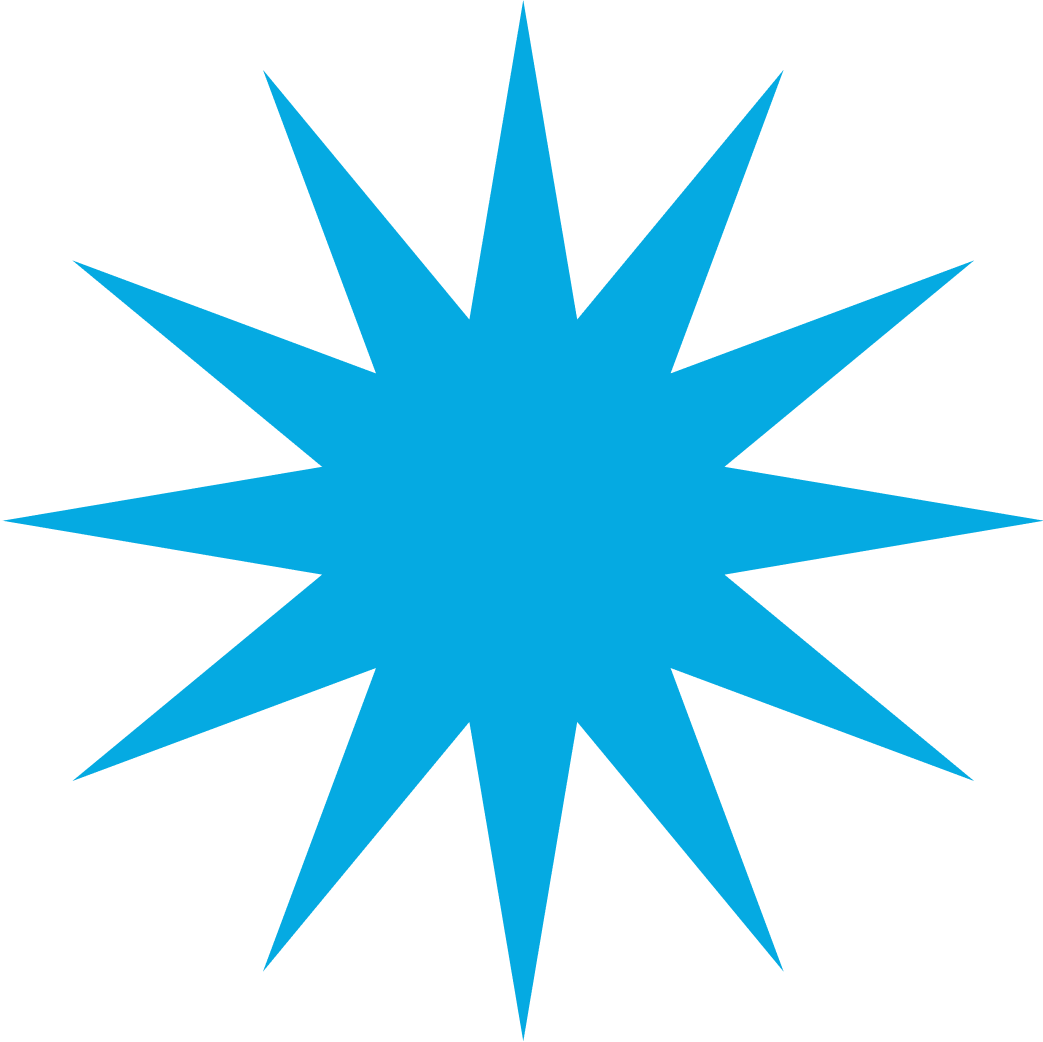
Section Styles spotlight-header
I am a
BIOTECH ENTREPRENEUR
Nabiha Saklayen, PhD
Presented by
Superhuman Body + IF/THENThere are tons of moving parts in science, and we have to get all of them just right if we want to answer the questions we care about.
As a Biotech Entrepreneur, I run a company that uses laser-based technology to transform personalized medicine.
MY WORK SETTING
Indoor vs. Outdoor
I’m in the office working with my team or fundraising half of the time, and the rest I’m out networking and growing our company’s footprint in the world.
People vs. Alone
I work almost entirely with people, with a small portion of my work spent working on vision and planning fundraising endeavors to grow my company.
Creative vs. Defined
There are a few must-dos, but start-ups are full of uncertainty, and my role is especially dynamic as I am working to manage our vision, team, and strategy.
-
Right now, when we get sick, we often turn to one-size-fits-all treatments to help us get better, but they don’t always work for everyone or for every disease. Scientists have been working on ways to “personalize” medicine, by providing treatments that are highly specific to each patient’s needs. One of those treatments is to transplant healthy cells into a patient to replace unhealthy ones, kind of like a blood transfusion but for different parts of your body. Instead of getting someone else’s cells, you would get more of your own. The new cells might even be specially engineered to deliver medicines that you need. That’s the kind of work my company is doing.
-
Over the past couple of decades, scientists in medicine and biotech have been working on what’s called “stem cell therapies”, which is a way of using your own cells to help treat diseases. While we know it’s a great approach, it’s also VERY expensive and hard to do. One of the big challenges has been that it takes a really long time and new cells have to be managed by hand. The technology I developed automates that process using lasers and nanoparticles, and when we combine that with machine learning (AI), all of a sudden stem cell therapies become a lot more achievable! The biology was there, we just needed the right tools to make the process make sense for the real world, and that’s where physics came in.
-
Our bodies are each unique, so what works for one person may not work for someone else. That’s why there’s such a big push towards “personalized medicine”, where the treatments you get are specifically designed for you. Stem cell therapies, especially using your own stem cells, have huge potential to change the way we treat disease, because it means we could replace our damaged cells with healthy ones. Imagine if you could replace aging cells related to glaucoma with healthier ones – you could potentially restore someone’s sight! Same with diseases like Parkinson’s or diabetes. That’s the kind of transformative potential that stem cell therapy and personalized medicine could have.
My Work NeedsEssential Skills:
COMMUNICATION
To both lead our internal team and collaborate with outside partners, I need to be able to effectively communicate our company's vision, progress, and needs.
ADAPTABILITY
Building a business requires the ability to navigate challenges and uncertainties. I need to be able to shift between the technical, operational, and strategic aspects of the company's work.
LEADERSHIP
Working with my executive team and managing my direct reports requires the ability to provide direction, support, and guidance to ensure we are aligned and working effectively together.
NETWORKING
Relationship building is a critical component of my ability to pitch to investors and secure the investment capital necessary to fund our work and grow the company.
DAYS IN THE LIFE
Days in the Life
Come along and explore what three days at my job might look like!
How I Work
Check out what my place of work looks like on an average day.
This is what my workspace looks like!
I Am a Scientist Poster. I’m proud to be a co-creator of this program to inspire students in STEM!
Monitors. My work requires making reports and presentations, and sometimes spending a lot of time in Zoom meetings.
Lab coat. My company has a lot of lab space where we’re working with biological materials. That means safety gear is a must.
Art from my travels. I love to be surrounded with color and I often pick up pieces like this when traveling that remind me of a moment in time.
Awards. I’m really proud of what our team has accomplished!

Did you know...The biggest challenge in personalized medicine isn’t just the science—it’s the process.
You might think that once a discovery has been made, it can immediately be put into real world applications. That’s usually not true. Even if scientists know exactly how to use stem cells to cure a disease, for example, doing it manually could take weeks, even months. That would make it really hard to scale treatments quickly or affordably. The first step might be getting the science right, but the process can be just as important. That’s why there are many researchers and companies focused on taking an existing scientific breakthrough or discovery, and trying to figure out how to make it work.
Sometimes, the solutions to the problem may exist in a totally different field, but unfortunately there aren’t always a lot of opportunities for experts in different subjects to talk to each other. That’s why the growing movement towards “interdisciplinary” science is so important. The solution for making stem cell therapies more accessible, for example, was unlikely to come from a biological discovery – it was physicists who figured out a way to make it work. This collaboration between lenses is critical, and it doesn’t stop at the sciences.
If we want these breakthroughs to benefit everyone, we have to design systems that reduce costs and scale effectively. This means thinking creatively about business models, logistics, and partnerships. Making revolutionary treatments available to all requires more than just scientific breakthroughs—it’s a process challenge, a design challenge, and a collaboration across many fields to ensure that the future of healthcare is equitable and sustainable.
Rewarding
These are the parts of my job I find particularly rewarding.
Juggling a variety of different tasks across the sciences, technology, and the business world.
Operating in a space that’s still filled with a lot of uncertainty and unknowns, meaning you have to figure out a lot for yourself.
Challenging
These are the parts of my job I find particularly challenging.
But everyone is different! Drag the circles to place them where you rate them.
Spending a lot of time on the road traveling for talks, conferences, and meetings.
Pushing for changes in how the systems work so that we can build in better, more equitable ways.
Section Styles movable
These are the people I work with:
Executive Team
These are the people I work closest with to ensure our overall company strategy and goals are in alignment.
Investors
Because fundraising is a critical part of keeping our work going, I invest a lot of time and energy building relationships with investors who want to support this work.
Scientific Partners
Our work requires collaboration to be successful, which can mean partnering with other companies or people within the scientific community who bring something unique to the table.
WHAT’S NEXT?
What’s next for my field of work?The combination of stem cell therapies, laser technology, and artificial intelligence could transform the future of personalized medicine.
Imagine having a bank of your own stem cells.
In the future, it’s possible that people may have a personal reserve of their stem cells that they can use when they get sick or injured. Rather then giving you medicine or invasive treatments, doctors could use your stored cells to repair damaged tissue or treat diseases without waiting for donors or risking rejection. And combined with 3D bioprinting technology, who knows, maybe one day your own cells could even be used to print you a new organ!
Advances in laser technology, AI, and automation are bringing this closer to reality—making it possible to produce stem cells faster and more affordably. That means truly personalized medicine could be closer than you think.
Looking for teacher resources?
PHOTOGRAPHER: Erica Derrickson • Illustrator: Nicole Medina© 2024 THE PLENARY, CO. ALL RIGHTS RESERVED. TERMS. PRIVACY.This is a brand new site! See an issue? Let us know.
















